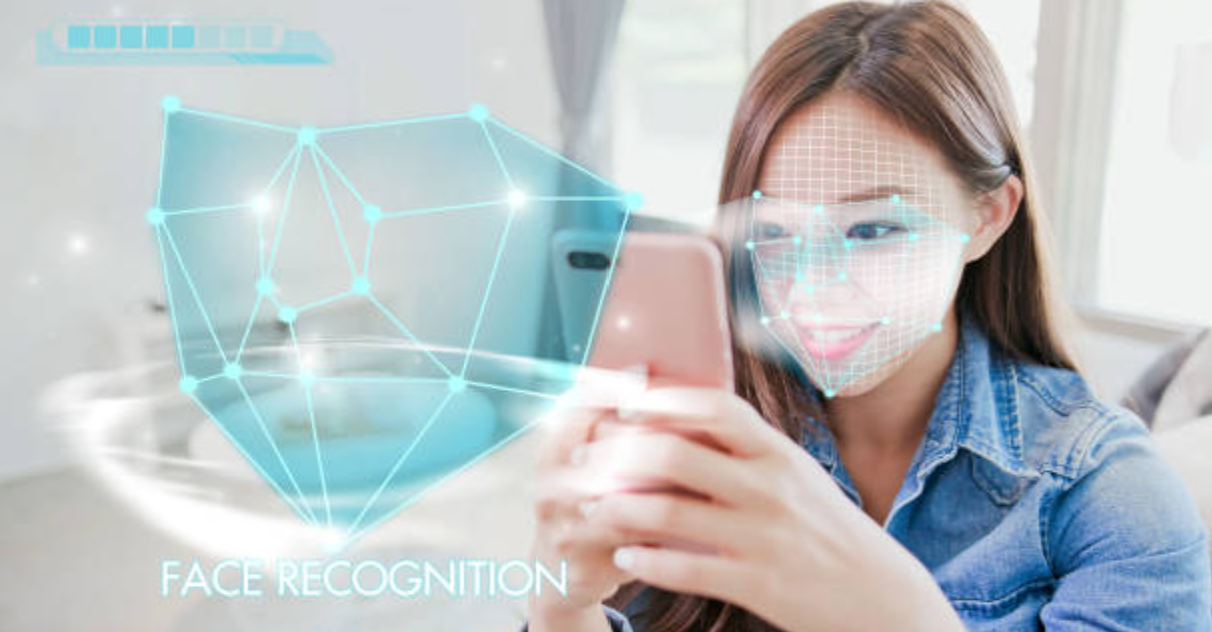Face Scanning - A Strategized Solution to Combat Identity Impersonation Frauds

Face scanning has emerged as a strategized solution to combat identity impersonation fraud. Leveraging advanced biometric technology, face scanning accurately verifies individuals' identities by analyzing unique facial features. Organizations across various sectors, including finance and healthcare, are adopting this technology to enhance security measures, prevent unauthorized access, and reduce fraudulent activities. By providing a reliable and efficient method of identity verification, face scanning plays a crucial role in safeguarding sensitive information and maintaining trust in digital transactions. In 2020, the global facial recognition market was valued at $3.8 billion. By 2025, it is projected to grow significantly, reaching an estimated value of $8.5 billion.
Face Scanning Technology - A Quick Overview
Facial scanning technology works by the utilization of advanced machine learning algorithms for examining and detecting unique facial characteristics. This robust method involves a biometric face scanner and compares the customer's faces by offering efficient verification and recognition. Face scanning is the most utilized term, but it is sometimes confused with face recognition. These two terms are somehow related but different in their functions. Face scanning is an essential element of a face recognition system as it is employed for retrieving face characteristics and designing a distinctive framework for scrutinization through comparison. Face scanning is the process mainly integrated into diverse industries for different functions such as security, access control, and marketing. It provides a seamless and accurate pathway for authenticated users to enhance security protocols and tailored interactions.
Operational Frameworks of Face Scan Identity Procedure - Understand its Working Mechanism
Facial scanner executes their working operations through a series of steps, and the complete guidelines are given below:
The first step in the face scanning mechanism involves the image capture of the face through a specialized device such as a smartphone or a digital camera. This recorded image will serve as a base for further scrutiny to validate identity.
In digital frameworks, machine learning algorithms come together to analyze the details of facial characteristics, such as the size and shape of the nose, eyes and mouth. These machine learning algorithms analyze different factors such as unique patterns and skin texture.
According to facial analysis, a specialized digital template is created known as a template for encapsulating the unique features of the face according to the coded depiction. By following these operational processes, face scanning techniques offer a wide range of outcomes for accurately accessing reliable areas to enhance the personalized experience.
Functional Areas of Facial Recognition Scanner - Explore Potential Benefits
Face scanning technology has various functional areas where it offers best outcomes across diverse sectors, and some of the notable examples are discussed below:
Law Enforcement
Face scanning technology plays an important role in identifying suspects by matching faces against criminal databases and locating missing persons through public surveillance. It also helps monitor public spaces for potential threats, enhancing overall public safety.
Banking and Financial Services
In banking, facial recognition ensures secure and seamless authentication for online banking, ATMs, and in-branch services. It prevents identity fraud by verifying customer identities accurately and streamlines the KYC (Know Your Customer) process, enhancing regulatory compliance.
Access Control and Security
Facial recognition enhances security by restricting unauthorized access to buildings, restricted areas, and events. It provides a touchless, efficient way to verify identities, which is particularly useful in high-security environments and for smart device authentication.
Healthcare
In healthcare, facial recognition improves patient identification, ensuring that the right patient receives the right care, thereby reducing medical errors. It also secures access to sensitive medical records and areas, protecting patient privacy and data.
Corporate Sector
For the corporate sector, facial recognition automates employee attendance tracking by eliminating the need for manual timekeeping and reducing errors. It enhances office security by controlling access to secure areas and simplifies visitor management, which provides a seamless check-in process for guests.
Final Verdict
Face scanning technology effectively combats identity impersonation frauds. By using sophisticated algorithms and real-time verification, it ensures that only authorized individuals access secure areas and sensitive information. This enhances security across various sectors, from banking to healthcare. The technology prevents fraud and improves user experience with its seamless and efficient operation. Organizations adopting face scanning can significantly reduce fraud, protect personal data, and strengthen client trust. This proactive approach is essential for securing a reliable digital future.